Now that the city of Mariupol on the Sea of Azov has been conquered by the Russian army, it is worth looking back at how the city was founded, conquered and destroyed. It is a history that both offers deep insight into the psyche of Russia – and also lays bare the remarkable foundations of the modern Ukrainian state.
From time immemorial, nomads and migrating tribes drifted through what is now Ukraine, and the shores of the future Sea of Azov provided one of the most frequented routes. The European peninsula was populated in prehistoric times by migrant groups from Eurasia, shunting each other along like uncoupled wagons on a freight line.
That lonely stretch of the Azov shore, and what would eventually become Mariupol in Ukraine, lacked permanent habitation. It was labelled the Campi Deserti, the ‘Wild Fields’, the equivalent of the unclaimed prairie of America’s Wild West. In legal terms, it was a no-man’s land with no effective government and overrun with plundering outcasts and outlaws.
In the thirteenth century the Mongol hordes of Genghis Khan swept through the ‘Wild Fields’ deep into Europe, destroying the state of Kievan Rus and leaving the Golden Horde in control of the Pontic Steppes above the Black and Azov Seas. The Golden Horde lived by raiding and by exacting tribute from various inland Slavic principalities, including the newly founded city of Moscow some 800 miles to the north – which, as some suspect, inherited the Mongols’ predatory ways.
In the 14th to 15th Centuries, however, the grip of the Golden Horde began to crumble, thanks to the rise of the Ottoman Empire to the south and the advance of pagan Lithuanian warriors from the north.
The Grand Duchy of Lithuania, ruled by Baltic pagans and Christian Slavic Ruthenians – the ancestors of modern Belarusians and Ukrainians – conquered the ancient city of Kyiv in 1362. Shortly after, the Lithuanian leaders entered into a formal union with the Kingdom of Poland, creating the dual Polish-Lithuanian state, whose realms stretched in theory from the Baltic to the Black Sea.
In practice, the southernmost reaches of the kingdom could never be brought under effective central control. Increasingly known by the geographical name of Ukraina, – meaning the ‘edge’ or ‘frontier’ – they lay far from the dynasty’s capital in Krakow. The ‘Wild Fields’ became the playground of freebooting Cossack communities, who spent their time resisting their Polish overlords and sparring with the Crimea-based Tatars.
The Tatar Khanate of Crimea – another Mongol offshoot – lasted much longer than the Golden Horde. Secure in the Crimean Peninsula the Tatars lived for centuries from seasonal raiding and slave-trading. Every spring, huge columns of thousands of Tatar horsemen would emerge from the peninsula towards Poland and Moscow. They would return laden with loot and slaves. In 1575, they brought in 70,000 captives from Poland’s eastern provinces bound for the slave-markets of Istanbul and Algiers.
Though many historians assume that Russia had existed since mediaeval times, the concept of ‘Russia’ belongs to a later age. (A similar anachronism might be, for example, that the Pilgrim Fathers landed in the United States.) The Muscovites were not the only East Slav people to trace their descent from Kievan Rus, and had no God-given right to claim its inheritance.
Yet in Moscow, as it grew from a remote city into an expanding Grand Duchy, a new ideology was in the making. After the fall of Constantinople in 1453 to the Muslim Turks, the Muscovites hit on the idea that their state, the ‘Third Rome’ had inherited the legacy of the Byzantine Empire, that traditional allegiance to the Greek Patriarch should cease, and that all Orthodox Slavs should bow down to Moscow’s Tsar and Patriarch. The imperial idea of ‘eternal Russia’ was born – the source of the mystical fusion of religion and politics to which, some 600 years later, Vladimir Putin still pays homage.
At this point the Sea of Azov had not yet acquired its Russian name and personality. Before the Russians invaded this stretch of enclosed water had many names. Since its fish stocks were abundant, in Tatar it was known as either Chabak Dengiz (Sea of Bream) or Balyk Dengiz (Sea of Fish).
In the sixteenth and seventeenth centuries all the separate parties whose interests collided round the ‘Sea of Fish’ – the Polish-Lithuanian Commonwealth, the Dnieper Cossacks, the Crimean Khanate, the Ottoman Empire, and the Grand Duchy of Moscow – became entangled in a web of protracted and interrelated conflicts.
The wars of Tsar Peter the Great, whom Putin greatly admires, were critical in bringing this to an end. Joining the international anti-Ottoman coalition in 1686, Peter sent his forces to the shores of the Black Sea. Aided by Dnieper Cossacks and Buddhist Kalmuks, the Muscovites reached the peninsula but could not cross it. And with war looming against the Swedish Empire, Peter decided to settle with the Ottomans. By the Treaty of Constantinople he established a 30-year truce, ended the Tatar tribute, confirmed his right to ‘protect’ the Sultan’s Christian subjects, and gave Moscow nominal possession of the area around the Azak fort. But the Treaty also stipulated that the ‘Sea of Fish’ was to be a de-militarised zone, where no forts or settlements could be built. This was a pause, not lasting peace.
From the long Great Northern War, Peter emerged triumphant. In 1721, the Russian Empire was proclaimed, and everywhere within it a part of ‘Rossiya’.
For the rest of the 18th century, Russian imperialism was rampant. The Russian Empire expanded further and faster than any other country on earth. In the West, having seized control of Poland-Lithuania’s internal mechanisms, it first paralysed the Polish state, then swallowed the lion’s share of it, including broad swathes of Ukraine. In the East, the Russians crossed the Bering Straits into North America, taking Alaska and heading for California. In the south, they re-started their strategic campaigns against the Ottomans, fighting three wars against them.
One curious feature underpinning this expansion could be called ‘retrospective history’. Every time Russian forces captured a new city, district or country, the claim was made that they were not just ‘liberating’ it but ‘returning it to the motherland’. The dubious implications were that every conquered location had always formed a rightful part of Russia, even if ‘under foreign occupation’ for centuries, and two, that Russia could never commit aggression, because it was only restoring what it already possessed by right.
Despite these on-going shifts, the primeval condition of the ‘Sea of Fish’ persisted. The process of settlement could not begin until two long-standing regional problems had been resolved – the future of the Cossacks and the future of Crimea. In the end, after the next Russo-Turkish war Potemkin’s Russian army laid siege and razed a major Cossack stronghold and deported its inhabitants. Three years later, another group of Cossacks were themselves deported.
Meanwhile, the fate of the Crimean Khanate also hung in the balance. According to the Russo-Turkish Treaty of 1774, Crimea was declared an independent state, the ‘Sea of Fish’ was opened to Russian shipping, and the Russians’ right to ‘protect’ the Sultan’s Christian subjects re-confirmed. Right on cue, St Petersburg started to complain that the Crimean Khan was oppressing Christians and in 1776 a Russian army was sent in to replace him with a suitable puppet. When the new Khan’s regime prompted widespread revolts, a new pretext was employed to suppress the revolts ‘in the name of peace’, and to move closer towards annexation. The Empress Catherine signed the annexation decree in 1783.
True to form, annexation was accompanied by retrospective history-making and renaming. Crimea was now presented as an ancient Russian province, the Tatars as usurpers. Was not Saint Vladimir, ruler of Kievan Rus, baptised in Crimea at Chersonesos? Was Kievan Rus not Russian? Were St Petersburg and Moscow not the God-given successors to Kiev?
Dissident voices, saying that St Vladimir was actually St Volodomyr the Ukrainian, or that ancient Rus or Crimea had little in common with modern Russia, were silenced. In their renaming campaign, the Russian authorities posed as the heirs of Byzantium and gave the annexed Khanate a Hellenistic gloss.
In 1779, before annexation was formalised, the Emperor Catherine signed an order for the re-location of several thousand Pontic Greeks from the peninsula to the mainland. The chosen site was that of a ruined Cossack outpost at the mouth of the River Kalmius, and it was given the name of Marianopol. As a port, it would benefit from Russia’s newly acquired access to the open sea, and, being founded in the same year as another, inland settlement at Alexandrovskaya Sloboda – the future city of Donetsk – it could count on a healthy export trade. Official sources linked its name to the Grand Duchess Sophie of Wurtemberg, the future Empress, who had just changed her name to Maria Feodorovna. Others linked it either to Mariampol in Crimea, where the settlers came from, or to the Virgin Mary. That was 243 years ago.
The development of ‘Mary’s City’ over those 243 years has involved urbanisation, Russification, industrialisation, foreign occupations, sovietisation, Ukrainianisation, de-communisation, and most recently devastation.
The original Greek colony quickly took root and multiplied. The starting population of around 3,000 had doubled by the mid-19th Century. There were Greek and Russian churches, a deputy governor’s residence, a customs house, a port authority, and three schools. The port flourished, especially from exporting grain, and by 1869 had attracted half a dozen foreign consuls.
In the Empire of the Romanovs, the russification of the Empire’s many non-Russian peoples was standard practice. In politics, all official positions were reserved for Russian-speaking Orthodox Christians: in religion, certain denominations, like the Uniate Catholics, who didn’t recognise the Patriarch of Moscow, were persecuted.
Greeks were soon outnumbered by Ukrainians after the abolition of serfdom in 1861. By the imperial census of 1897, 46 per cent of the Mariupolsky District’s population spoke Ukrainian, 19 per cent Greek, 14 per cent Russian, and 4 per cent Yiddish. A substantial Jewish community had a synagogue, school and riverside cemetery. In 1905, a pogrom was recorded
During the first world war and its aftermath, Mariupol lay close to successive political fault lines. It found itself inside the autonomous Ukraine proclaimed in 1917 by the Kerensky government, in the area of German and Austrian occupation in 1918-19, and in the independent Ukrainian Republic up to 1921. Like most of Ukraine, it finally fell to the centralised power of the Bolshevik ‘Reds’.
Sovietisation was imposed on Mariupol in two stages. In the inter-war period, it combined certain relaxations in linguistic matters with extremes of brutality and coercion in the political, religious and economic spheres. The cadres of the Soviet Communist Party held absolute sway, and the Ukrainian Soviet Socialist Republic (SSR) played a central part in Stalin’s Five-Year Plans.
All the churches were levelled. Mariupol’s machine-building combine was nationalised and joined in 1930 by the giant Azovstal enterprise. A Mariupolitan steelworker, Makar Mazai broke all records as the Stakhanovite hero of a shock-worker brigade. Breakneck economic transformation pushed ahead in the shadow of the genocidal Holodomor and the mass killing of the Great Terror.
During the second world war, the German army’s Group South occupied Mariupol in the autumn of 1941, when the town’s Jewish community was promptly liquidated. The Nazi-run Reichskommissariat Ukraine was characterised by the utmost savagery; with some 10 million dead, Ukrainians topped the list of Soviet civilian losses. The Gestapo tortured Makar Mazai to death. The city’s population dropped by two-thirds. The Germans held out in Mariupol until 1943, when they were overrun by the Soviet counter-offensive.
Post-war Mariupol found itself re-packaged as ‘Zhdanov’ in recognition of a local Communist, Andrei Zhdanov, Stalin’s propaganda chief. All forms of Ukrainian national sentiment were (wrongly) identified with wartime collaboration, whilst Russian nationalism was not. In 1954, to quell anti-Russian murmurings, the Soviet government transferred Crimea to the Ukrainian SSR. By 1989, except in the district of Sartana, the Greek community had largely been assimilated, and, overall, Russian-speakers were in the majority.
Independence was restored to Ukraine and to Mariupol in 1991, after 70 years. As the USSR collapsed, 91 per cent of Ukrainian citizens voted for independence in the December plebiscite. Like their counterparts in Kiev and in most east Ukrainian cities, few Mariupolitans saw a problem in speaking Russian and in belonging to Ukraine.
A free-market economy re-established. So was religion. The steelworks were privatised. But for 23 years, Ukraine suffered economic chaos and political turmoil, until, in February 2014, President Yanukovich was overthrown in the ‘Revolution of Dignity’, and a western-style, democratic future beckoned.
As the West hardly noticed, Putin’s war against Ukraine began in February 2014, as soon as the pro-Russian President was removed. Masked Russian troops without insignia invaded Crimea’s regional assembly before installing a puppet regime, calling for a phoney referendum and annexing the territory.
For eight years, as the Ukrainian Army dug in for a protracted, low-level war on its home territory, a wave of de-communisation swept through Mariupol. Lenin Street became ‘Peace Avenue’; Lenin’s statue was replaced by one commemorating the Kievan Prince Sviatoslav I, and the Ilyichivets football club became FC Mariupol. After three decades of independence, the percentage of Mariupolitians, who identify as Ukrainian had risen as high as 59 per cent.
Since the Russian invasion in February this year tens of thousands have been killed in Mariupol. People scavenging for food or water have been shot. Women were raped by design, and children starved to death or suffocated in the rubble. Shattered ruins piled high. Mass graves proliferated. Corpses and burnt-out tanks littered the empty streets. Fragmentary reports mingled with war crimes and fake news. On 23 April, Vladimir Putin declared the ‘liberation’ of Mariupol a ‘success’ and held a Victory Day parade there in May.
At some point the war in Mariupol will end, and those left in control will decide on what to do with a city that no longer exists. There appear to be three alternatives.
One possibility is, having held their victory parade, the Russians announce Mariupol’s reunion with the ‘Donetsk People’s Republic’, and refashion a new version of the city in their own image. Lenin’s statue will reappear alongside a puppet mayor, a meaningless referendum, the Russian ruble, a church of St Cyril, and a new railway station on the line to Crimea and Transnistria. A new stock of old fictions will be enforced. Children will learn in school how the former town was destroyed by Nazis and fascists before returning to ‘Mother Russia’.
Alternatively, having prevailed against the odds, the Ukrainian authorities and their soldiers will return, raise again the blue and yellow standard, bring back the refugees who can face the ordeal and, with a heavy heart, launch the long task of reburying the dead, reconnecting infrastructure, repairing the urban fabric, restoring homes, schools and hospitals, and breathing new life into this part of a sovereign Ukraine. Children will learn in school of Russia’s unprovoked aggression, of Ukraine’s heroic resistance, and of the solidarity of the free world. No one will doubt that the moskali were to blame.
On the other hand, it is entirely possible that no one will revive the site of the siege. In that case, the ruins will be left where they lie. Weeds and wild grasses will colonise the ground. Grasshoppers will chirp; sea breezes will blow, or the wind from the steppe, and seasons revolve with sunshine, rain and snow. And this corner of the ‘Wild Fields’ will soon revert to its original, empty state.
Got something to add? Join the discussion and comment below.
Get 10 issues for just $10
Subscribe to The Spectator Australia today for the next 10 magazine issues, plus full online access, for just $10.

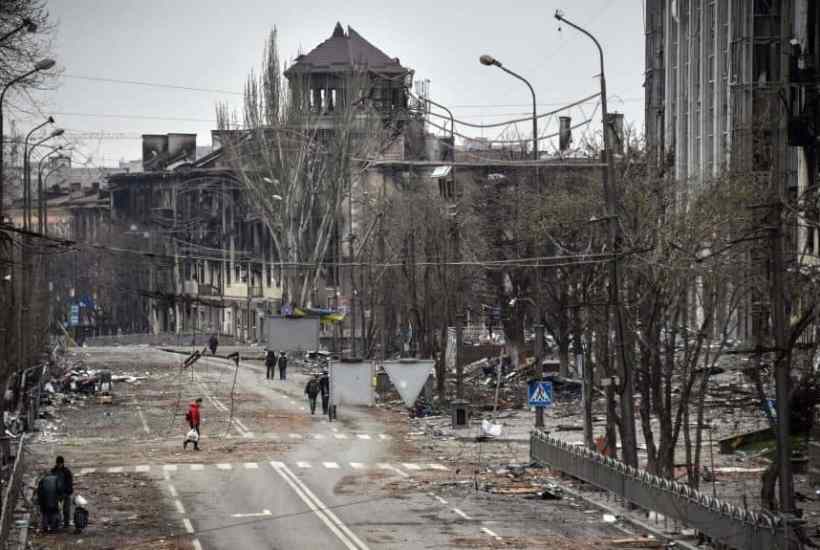
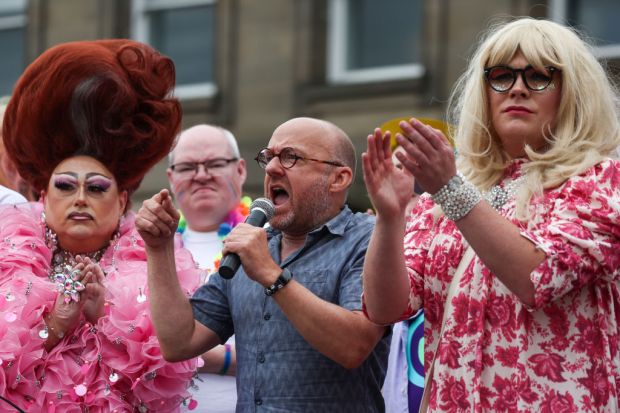
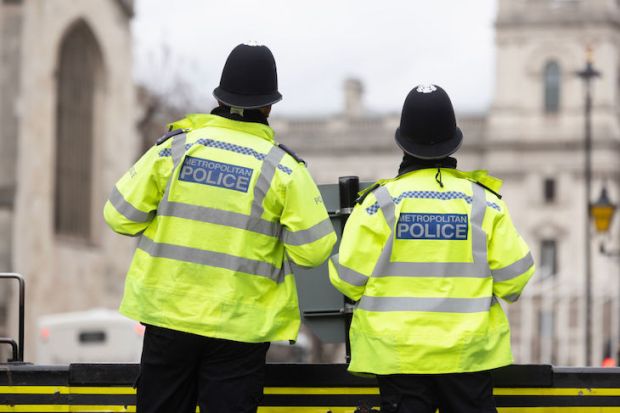


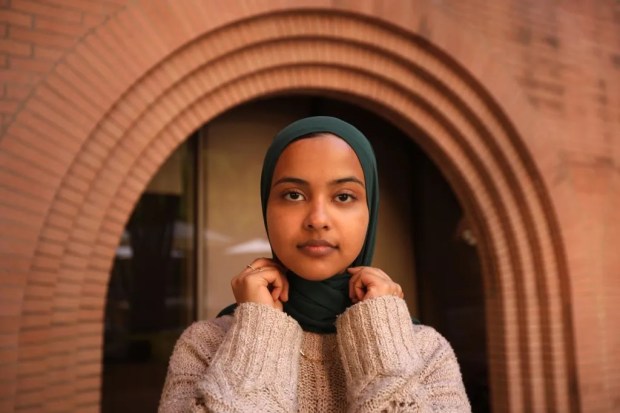
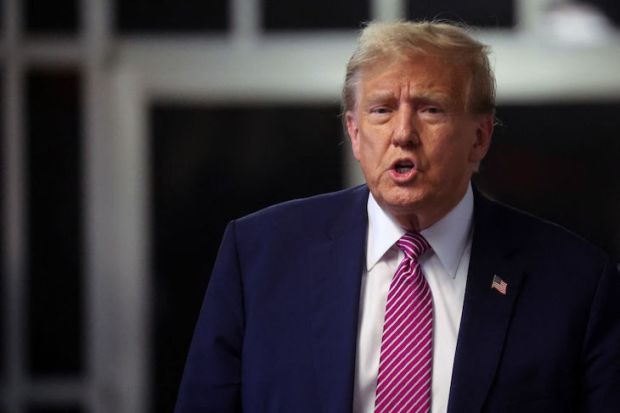












Comments
Don't miss out
Join the conversation with other Spectator Australia readers. Subscribe to leave a comment.
SUBSCRIBEAlready a subscriber? Log in